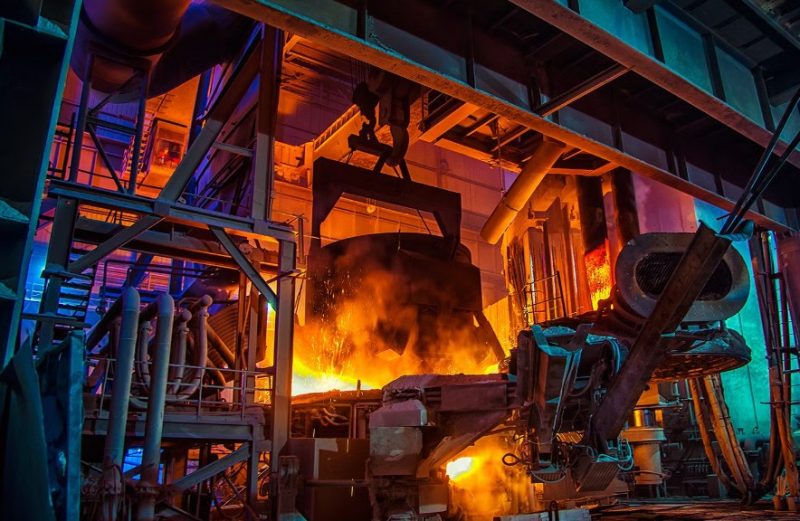
EU’s Steel Imports from Russia: January-July 2025
In the first seven months of 2025, the European Union (EU) imported 3.37 million tons of steel products from Russia. This represents a 0.6% year-on-year increase. However, the value of these imports dropped by 14.4%, totaling €1.39 billion. Despite the ongoing sanctions, Russian steel continues to find its way into European markets, although at a lower price point.
Types of Steel Products Imported from Russia
The majority of the imports consisted of semi-finished products, which amounted to 2.18 million tons, a 13.2% year-on-year increase. The total cost of these semi-finished products was €982.38 million, a decrease of 1.5%. Key European consumers included Belgium, Italy, the Czech Republic, and Denmark. For example, Belgium imported 826.7 thousand tons, marking a 9% increase from 2024, while Italy saw a notable 22.7% rise in its imports of Russian semi-finished steel.
Cast iron also represented a significant share of imports, totaling 696.99 thousand tons, a 3.3% increase from the previous year. However, the revenue from cast iron sales dropped by 7.6%, amounting to €254.45 million. Italy, Latvia, and Belgium were the leading recipients of Russian cast iron. Meanwhile, imports of direct reduced iron (DRI) plummeted by 33.7% year-on-year, totaling 441.68 thousand tons for €138.29 million, a 39.2% drop in value.
Impact of Sanctions on Russian Steel Exports
Despite the EU’s sanctions and restrictions on Russian products, Russian steelmakers continue to receive significant revenues from exports. In July 2025, the EU imported 414.89 thousand tons of Russian iron and steel products, which was a 12.3% decrease year-on-year. However, it was an 8.4% increase compared to June 2025. Interestingly, scrap imports surged by 155%, showing that Russian steel still finds demand in specific segments.
For comparison, in 2024, the EU imported 5.34 million tons of steel from Russia, with total revenue surpassing €2.5 billion. This reveals the weak enforcement of sanctions and possible loopholes that allow Russian steel to reach European markets despite restrictions.
SuperMetalPrice Commentary:
The continued flow of Russian steel products into the EU raises important questions about the effectiveness of the current sanctions. While restrictions have dampened the volume and revenue of these exports, Russian steel remains a key part of Europe’s supply chain. The reliance on Russian semi-finished products, in particular, highlights the challenges Europe faces in reducing dependence on Russian materials. Despite sanctions, the ongoing trade shows how complex the global steel market can be, and the difficulty in fully cutting off suppliers, especially in industries like steel that rely on long-established trade networks.







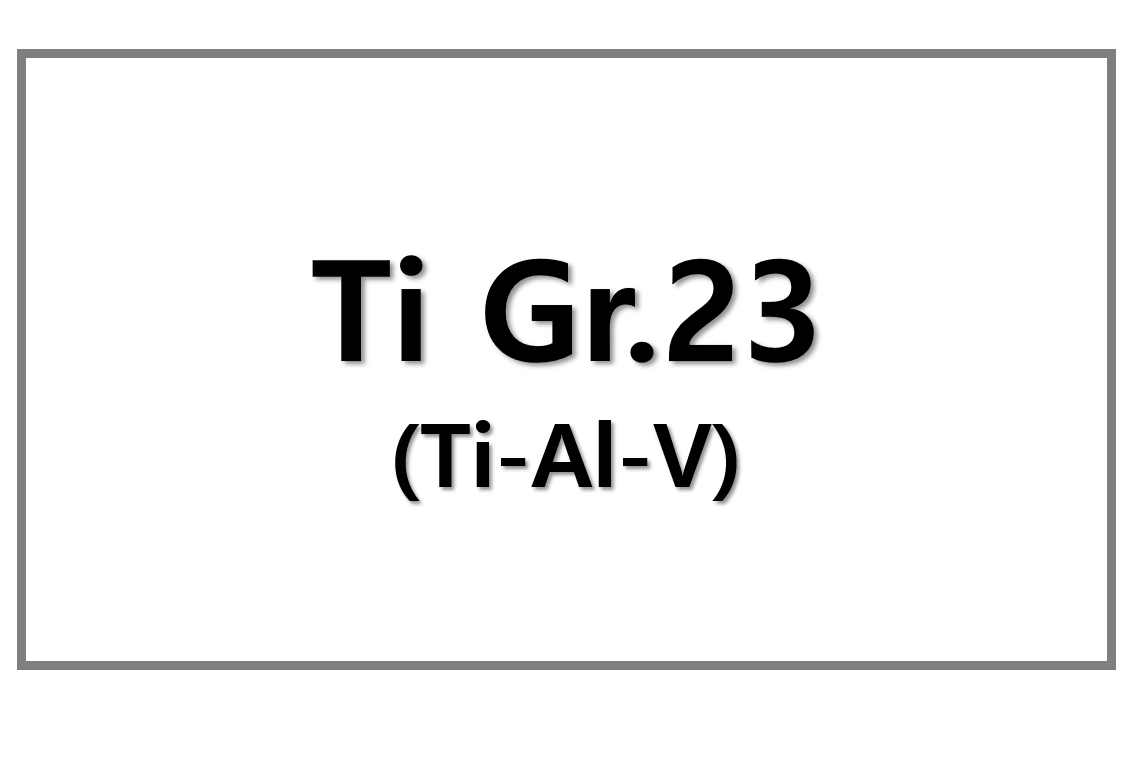
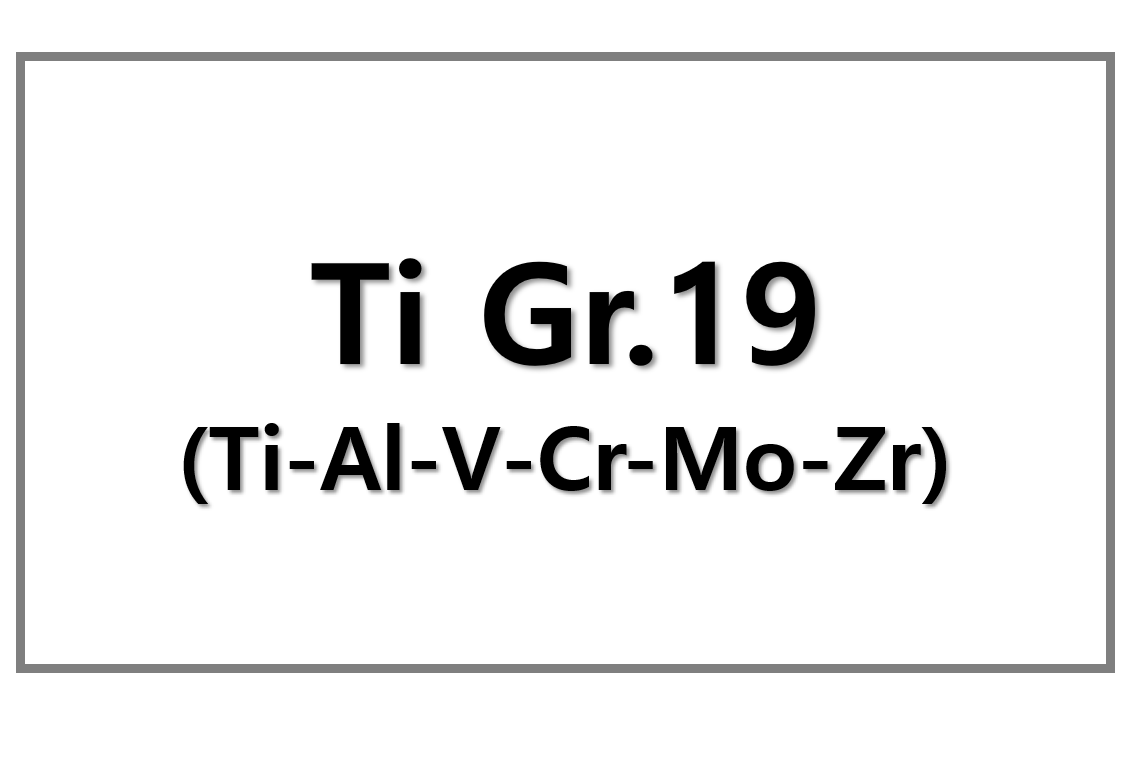
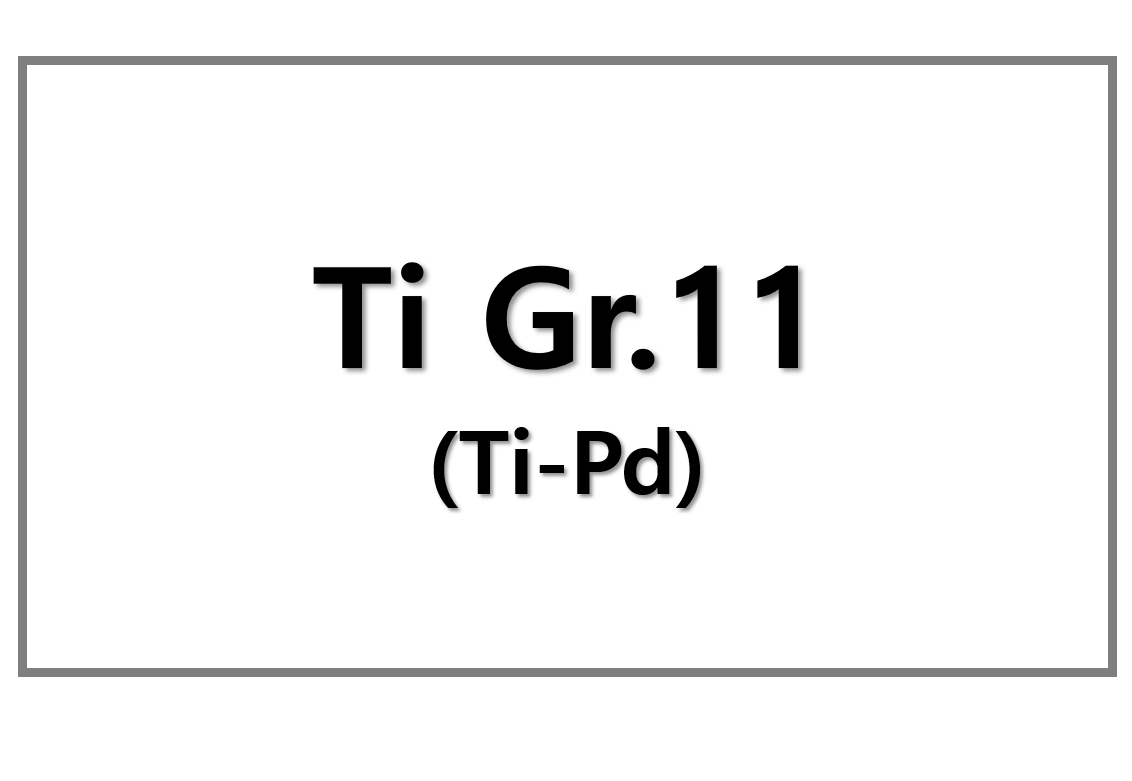
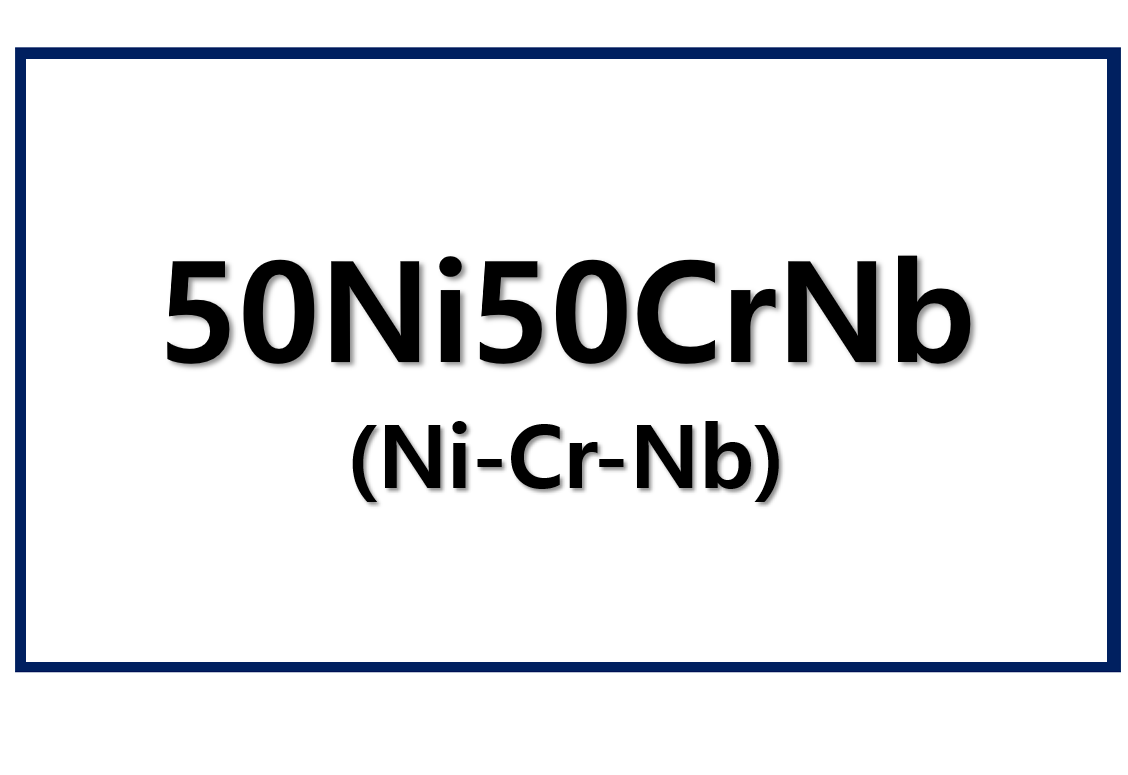
Leave a Reply
You must be logged in to post a comment.